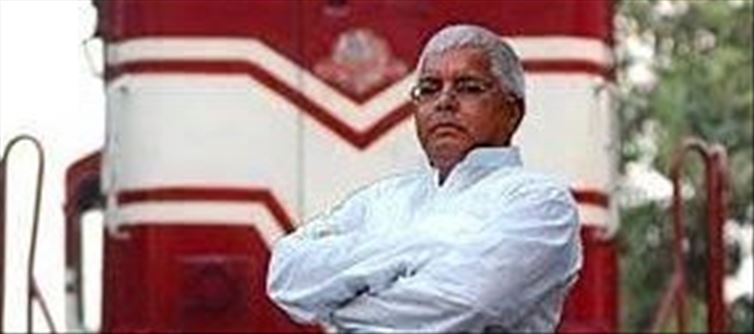
The indian Railways, one of the largest and most complex rail networks in the world, has always been under scrutiny for its safety, efficiency, and management. Two Railway Ministers often discussed in contrasting lights are Lalu prasad Yadav, known for his tenure from 2004 to 2009, and ashwini Vaishnaw, who took office in July 2021. A spate of recent train accidents has reignited the debate about the effectiveness of leadership in managing this mammoth system.
Lalu prasad Yadav: A Surprising Legacy
Lalu prasad Yadav, a figure often caricatured for his rustic demeanor, shocked critics by turning around the indian Railways during his tenure. Under his leadership:
- Financial Success: Railways reported a surplus for the first time in years, achieving profitability while keeping passenger fares affordable.
- Safety Records: Despite the challenges of an aging infrastructure, his tenure was marked by relatively fewer high-profile train accidents.
- Innovative Ideas: Initiatives like high-capacity wagons and revenue from non-traditional sources contributed to his legacy.
However, his era was not without criticism, particularly concerning the lack of long-term infrastructure modernization.
Ashwini Vaishnaw: Modernization Amidst Tragedy
ashwini Vaishnaw, a technocrat with credentials from IIT kanpur and Wharton, was expected to bring a modern perspective to the Railways. Key highlights of his tenure include:
- Focus on Technology: Initiatives like the introduction of the Vande Bharat trains and push for electrification have been significant steps.
- Policy Reforms: His efforts to attract private investment and streamline operations were lauded.
Yet, the last few years have seen several catastrophic train accidents, including:
- Balasore train Tragedy (2023): One of India’s deadliest, claiming over 280 lives and exposing systemic lapses in signaling and maintenance.
- Odisha’s Goods train Derailment (2024): Another incident raising concerns about oversight in freight operations.
- Other Derailments: A pattern of derailments and collisions has emerged, undermining public confidence in the system.
Comparing the Two
While Lalu Yadav's leadership was characterized by a surprising ability to maintain safety and profitability, Vaishnaw’s tenure has seen a sharp focus on modernization overshadowed by a worrying decline in safety standards. Some key comparisons include:
- Safety vs. Modernization: Lalu focused on operational efficiency and safety with existing infrastructure, while Vaishnaw has prioritized ambitious projects, sometimes at the cost of core safety measures.
- Public Perception: Lalu left the ministry with unexpected accolades, while Vaishnaw’s image has been dented by high-profile disasters.
- Accountability: Critics argue that the handling of recent accidents under Vaishnaw lacks transparency and accountability compared to the past.
Lessons for the Future
The debate underscores a critical lesson: modernization cannot come at the expense of safety. Investments in infrastructure and technology must be matched with rigorous safety protocols, workforce training, and accountability mechanisms. Public trust, once eroded, is hard to rebuild.
As India’s railways continue to expand, it is essential for leadership to balance progress with responsibility, ensuring that the network remains a safe lifeline for millions




 click and follow Indiaherald WhatsApp channel
click and follow Indiaherald WhatsApp channel